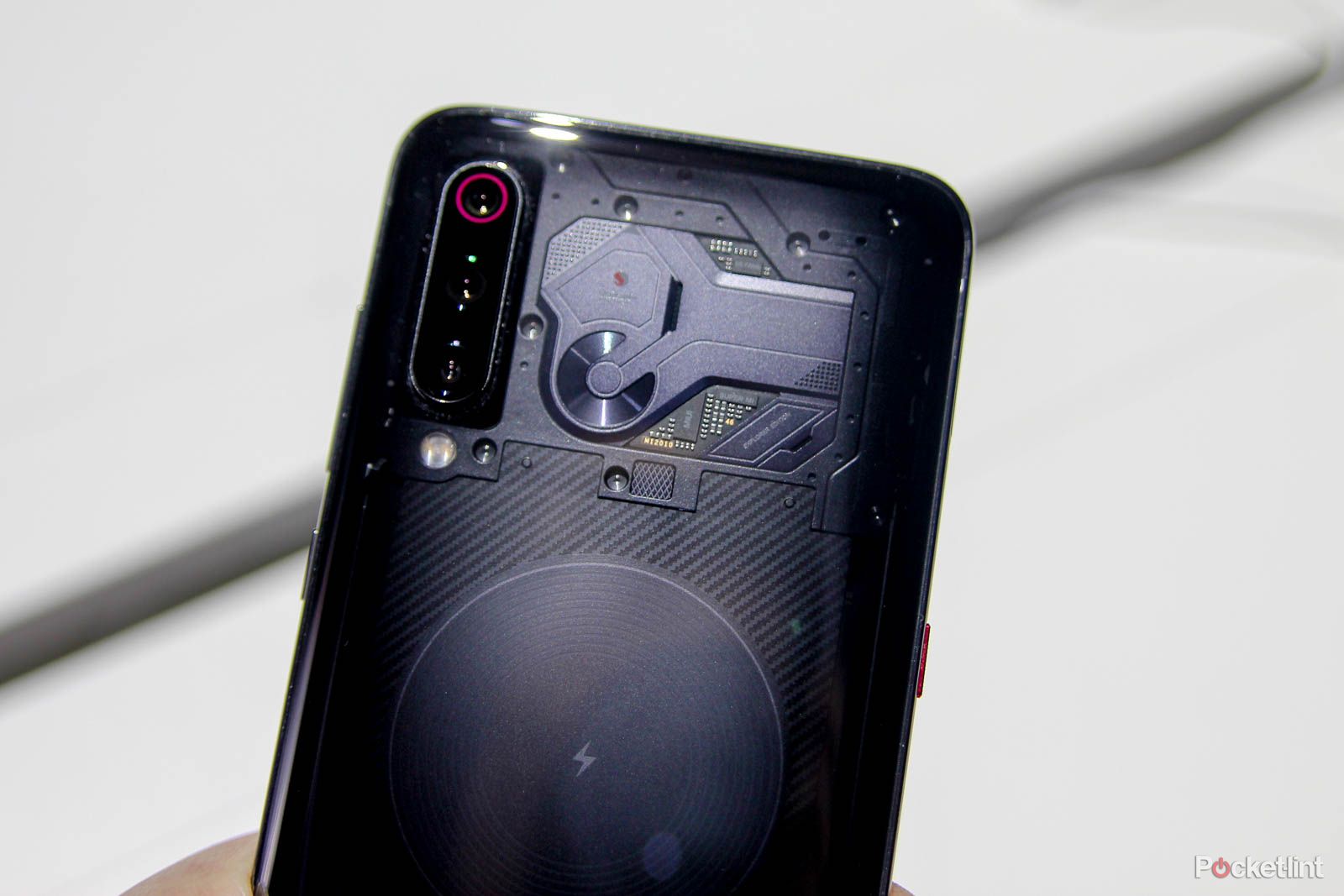Light has taken its fair share of headlines in 2019 and the announcement of a partnership with Xiaomi to work on future smartphone cameras adds yet more sparkle.
Xiaomi has just announced the Xiaomi Mi 9 - its latest affordable flagship phone - but the future will have in-store a much more sophisticated camera like the Nokia 9 PureView.
Nokia and Light stole headlines with the PureView announcement at Mobile World Congress, but it now looks like Xiaomi wants in on the action. The Chinese company is serious about photography, using its MWC press conference to tell fans that the Mi 9 ranked highly with camera benchmark service DxO.
The development of an enhanced system on a future Mi phone could potentially see even greater gains - and if paired with Xiaomi's promise to offer advanced technology at everyday prices - could make it more of a challenge for Nokia to sell its new phone.
However, Nokia told us that the development process for the 9 PureView has been long - and that's resulted in the use of slightly older hardware, the Qualcomm Snapdragon 845. Xiaomi is a heavy user of Qualcomm's hardware too, but is one of the most aggressive companies in using the latest flagship platform.
However, we also get the sense that Xiaomi probably stands to gain from Nokia's development work with Light; Light recently announced that working with Sony sensors on reference models - and Juho Sarvikas, chief product officer at HMD Global, detailed to us how the development of the Nokia 9 PureView had lead to establishing a sweet spot in terms of the number of lenses and the core hardware needed to get the results they want from those Sony sensors.
That could mean that Xiaomi is able to bring devices to market faster.
"Xiaomi works tirelessly to remain at the forefront of smartphone innovation, and perfecting smartphone photography is a key focus for us. We are excited to work on devices using Light’s technology so our users can produce even more amazing photos," said Zhu Dan, VP, smartphone division, Xiaomi.
There's no word on a timeline as yet, but it certainly sees a shift in the approach smartphone photography, an area that's recently been dominated by Huawei, Samsung and Google.

